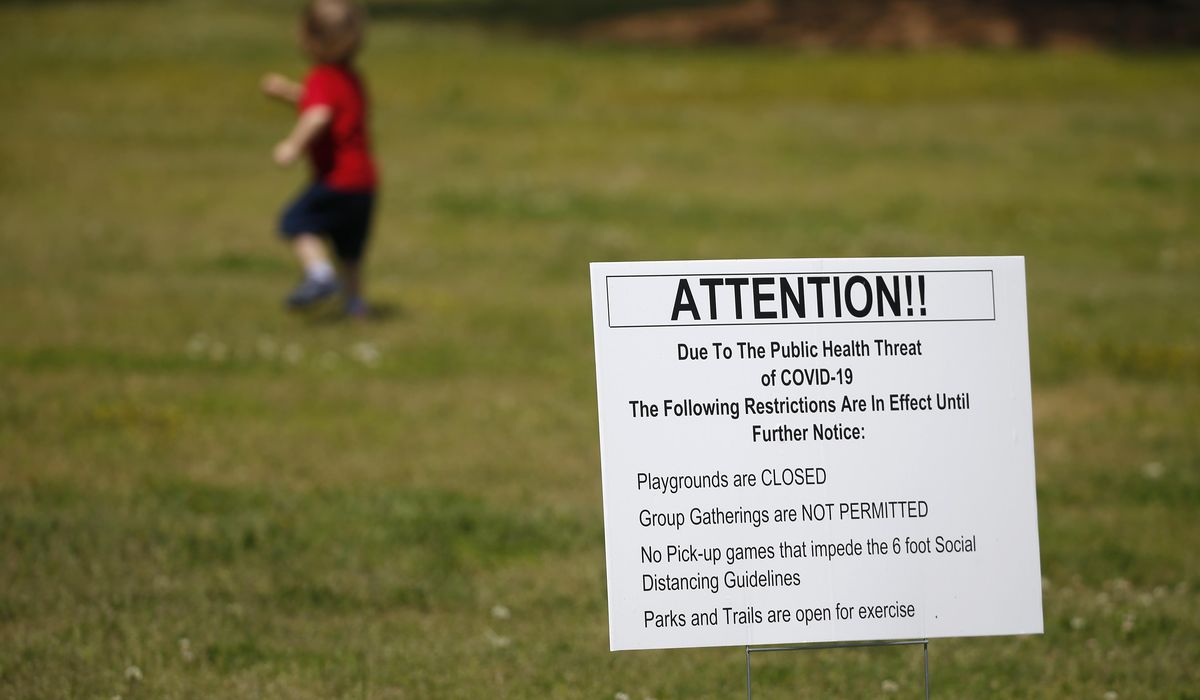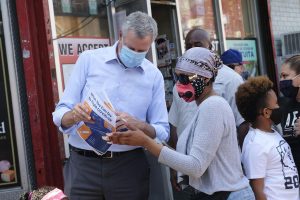The U.S. recorded 121 coronavirus deaths among those under 21 years old and many of them were minorities, the Centers for Disease Control and Prevention reported Tuesday in a report that indicates young people aren’t immune to COVID-19 but represented a tiny fraction of fatal cases during the first half of the year.
The under-21 cohort accounted for less than 0.1% of reported deaths from the newly discovered virus, though agency scientists said the problem is worth monitoring, as schools reopen, and there are notable trends in the data.
Infants accounted for a dozen, or 10%, of the 121 deaths while nearly half of deaths were concentrated in the 18-20 age group, reinforcing the belief that risk tends to increase with age.
Hispanic, Black and American Indian/Alaskan Native members of this age group accounted for roughly three-quarters of deaths, despite representing 40% of the population, reflecting concern about the outsized impact of the pandemic on minorities.
Three-quarters of those who died in the under-21 population had an underlying medical condition, underscoring their vulnerability to a bad outcome from COVID-19.
The extent to which the new coronavirus affects children has been a focus of the debate around school openings, with parents weighing the tradeoffs between getting their kids back into a classroom and the potential risks. Labor unions are voicing concerns about teachers’ safety as their told to head back into the school building.
“Careful monitoring of SARS-CoV-2 infections, deaths, and other severe outcomes among persons aged <21 years remains particularly important as schools reopen in the United States,” the CDC report says. “Ongoing evaluation of effectiveness of prevention and control strategies will also be important to inform public health guidance for schools and parents and other caregivers.”
President Trump is pushing for schools to reopen classrooms across the board, pointing to the virus’s relatively small impact on younger Americans and calling children “almost immune” to the disease that has killed nearly 195,000 people in the U.S.
Social media companies like Twitter and Facebook decided those comments were a bridge too far, labeling them as a violation of their policies against misinformation.
William Schaffner, an infectious-disease specialist at Vanderbilt University, said young people “are not — quote — immune to this disease.”
“Clearly their risk of getting serious infection is much lower than older people and people with chronic illnesses,” he said. “But that’s a lot of deaths. Just think of those families and their grieving process.”
“Those are all children of families with relatives and friends and neighbors who are mourning their passing,” he said. “This is a serious, nasty virus. Nobody wears a coast of armor against this virus.”
The CDC’s statistics looked at Feb. 12-July 31 and were part of the agency’s Morbidity and Mortality Weekly Reports, or MMWRs.
These reports have become a political football of late, with Democrats highlighting reports that senior staff at the Department of Health and Human Services tried to edit the MMWRs to fit Mr. Trump’s political narrative ahead of Election Day.
Senate Minority Leader Charles E. Schumer said Tuesday he’s so alarmed by the reports and other allegations of political interference amid the COVID-19 crisis that Health Secretary Alex Azar should resign.
“It has become abundantly clear that the leadership at the Department of Health and Human Services has allowed perhaps the most important federal agency right now to become subservient to the president’s daily whims. So today I’m calling on Secretary Azar to resign immediately,” the New York Democrat said in a Tuesday floor speech.
HHS spokesman Michael Caputo has rejected the allegations, saying the interactions between the HHS public affairs office and the CDC were part of a regular scientific review by scientific adviser Paul Alexander.



















